Share
Do you manage a data center? These facilities are especially important as they house critical equipment—computer servers, data storage, networking and telecommunication equipment—that is vital to running a successful operation. With such a central role to play, businesses are doing everything they can to make sure their data centers are protected from poor air quality, gaseous contaminants and corrosion. Are you?
Ro What?
Once upon a time, electronic equipment contained significant amounts of lead used for soldering and as a surface finish. By using lead—which is generally resistant to corrosion—data centers didn’t have to worry about corrosion as a factor in electronic equipment failure. However, after the EU regulation on the “Restriction of the use of Certain Hazard Substances” (RoHS) in electrical and electronic equipment came into play, everything changed.
This lead-free regulation required the use of new (non-lead) materials in critical equipment. While a positive in terms of environmental impact, RoHS has resulted in an increased sensitivity of equipment typically found in data centers. This includes hard disk drives, computer workstations, servers and printed circuit boards. As a result, managers are being more proactive in monitoring the air quality in their data centers.
Assessing the Problem
To understand how to solve the problem, we must first diagnose the problem. When it comes to data center corrosion, the easiest way to do this is through reactivity monitoring, as described in ISA Standard 71.04-2013. Purafil uses our Corrosion Classification Coupon (CCC), which include a both copper and silver sensor, to do this. Simply place the coupon in your data center and after an appropriate monitoring period, we’ll analyze the corrosion film thickness and chemistry to determine the level of corrosion (and corresponding severity level) per the ISA Standard.
The Original G’s
ISA Standard 71.04-2013 classifies environmental severity levels for electrical and electronic systems to help us better understand the risk.
- G1 – Mild. Corrosion is not a factor in determining equipment reliability
- G2 – Moderate. The effects of corrosion are measurable and may be a factor in determining equipment reliability
- G3 – Harsh. High probability that a corrosive attack will occur
- GX – Severe. Only specially designed and packaged equipment would be expected to survive
The Culprits
Data center equipment corrosion is typically caused by acidic gases but can be a result of caustic and oxidizing gases as well. These include:
- Hydrogen sulfide (H2S)
- Sulfur and nitrogen oxides (SOX, NOX)
- Chlorine (Cl)
- Ozone (O3)
Quality Air for Quality Data Centers
We all want to breathe in fresh, clean air; data centers need to, too! Environmental factors such as temperature and humidity, in addition to gaseous contaminants in the atmosphere, can wreak havoc on your data center. The best way to fight this is to install a filtration system to clean the air and rid it of corrosive contaminants in the air. If you determine that your levels are above G1, Purafil’s gas phase filtration technology can help solve this problem.
Simply stated, gas phase filtration removes corrosive gases from the air, which helps eliminate corrosion-related equipment failures in your data center. Air can be introduced from outside for ventilation and pressurization, or it can be recirculated within the data center.
When gaseous contaminants interact with our media, they go through a chemical reaction that transforms them from corrosive contaminants into harmless materials. The freshly cleaned and filtered air is then distributed into the data center, helping to get rid of data center equipment failure due to corrosion.
Data Center Design
Another factor to consider is the general data center design. An effective contamination control strategy ensures that these are added into the final solution.
- Room Air Pressurization
- Room Air Recirculation
- Temperature & Humidity Control
- Proper Sealing of the Space
By integrating these into your strategy, you can create an environment where corrosion is a non-issue, thus protecting the health of your IT and datacom equipment.
But is it Effective?
After you install a filtration system to clean up the air in your data center, it’s important to test the effectiveness of the new installation. By monitoring the environment, we can maintain clean and corrosion-free environments as well as determine when it’s time when to replace media for the most efficient and cost-effective use of the filtration system. You can use a CCC and return it for testing or you can take a more direct approach with our real-time reactivity monitors. The Purafil OnGuard Smart allows you to measure the overall reactivity level of air contaminants along with temperature, humidity and room pressure in real time, so you don’t have to worry about future equipment failures.
Whatever type of monitoring system you employ, they should all provide the necessary data to maintain a safe and clean environment for your electronics and equipment.
You’ve determined that corrosion is a big problem at your data center and you’re ready to install a gas phase air filtration system to address the issue. Great! Head on over to Purafil to learn more about our solutions and services, and how we can help put an end to corrosion in your data center.

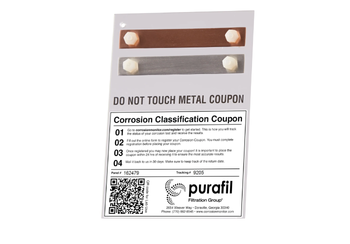

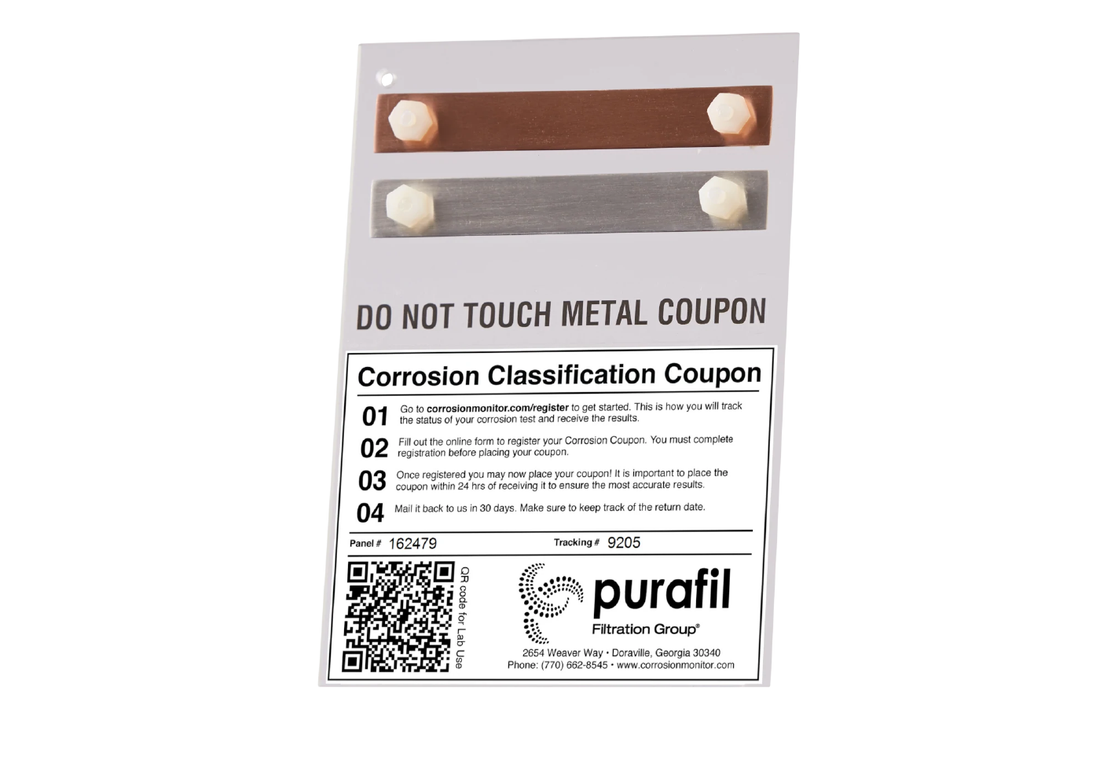
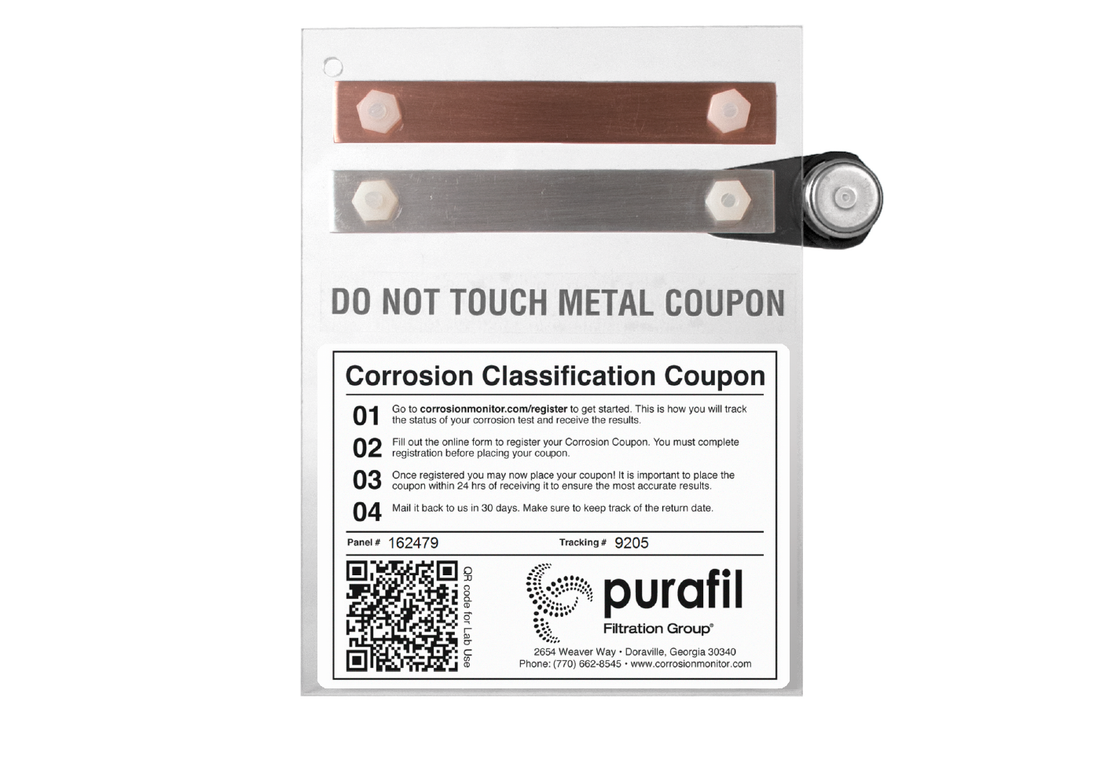
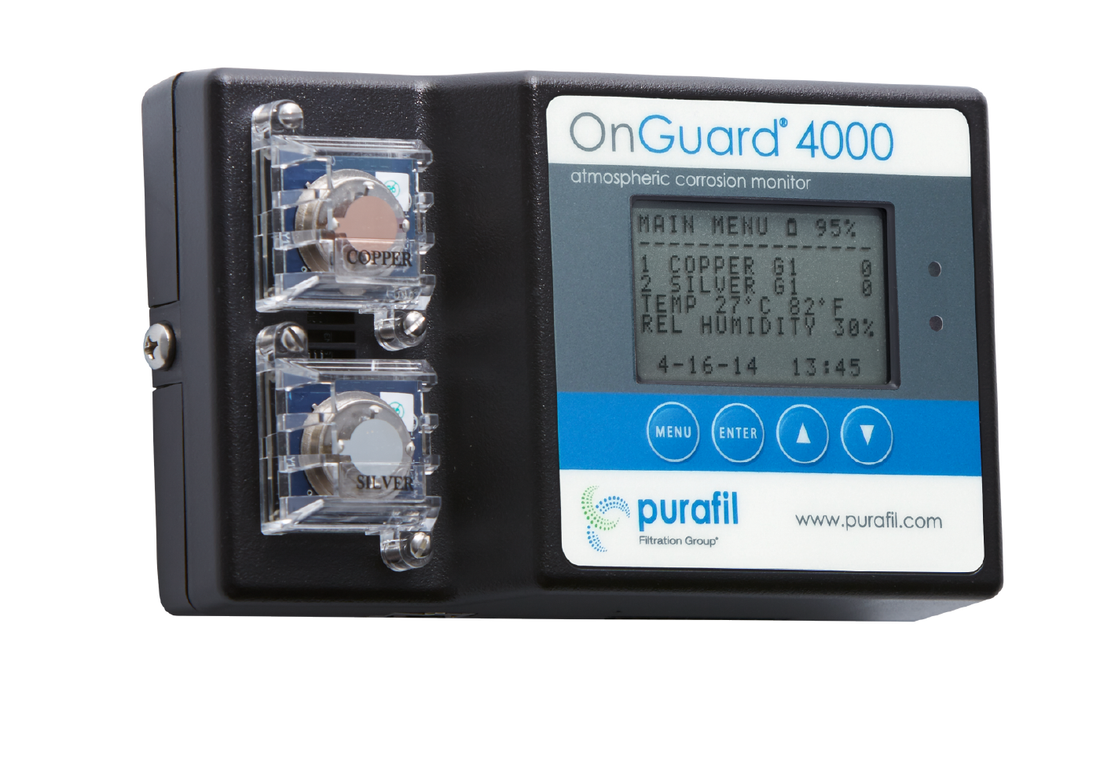

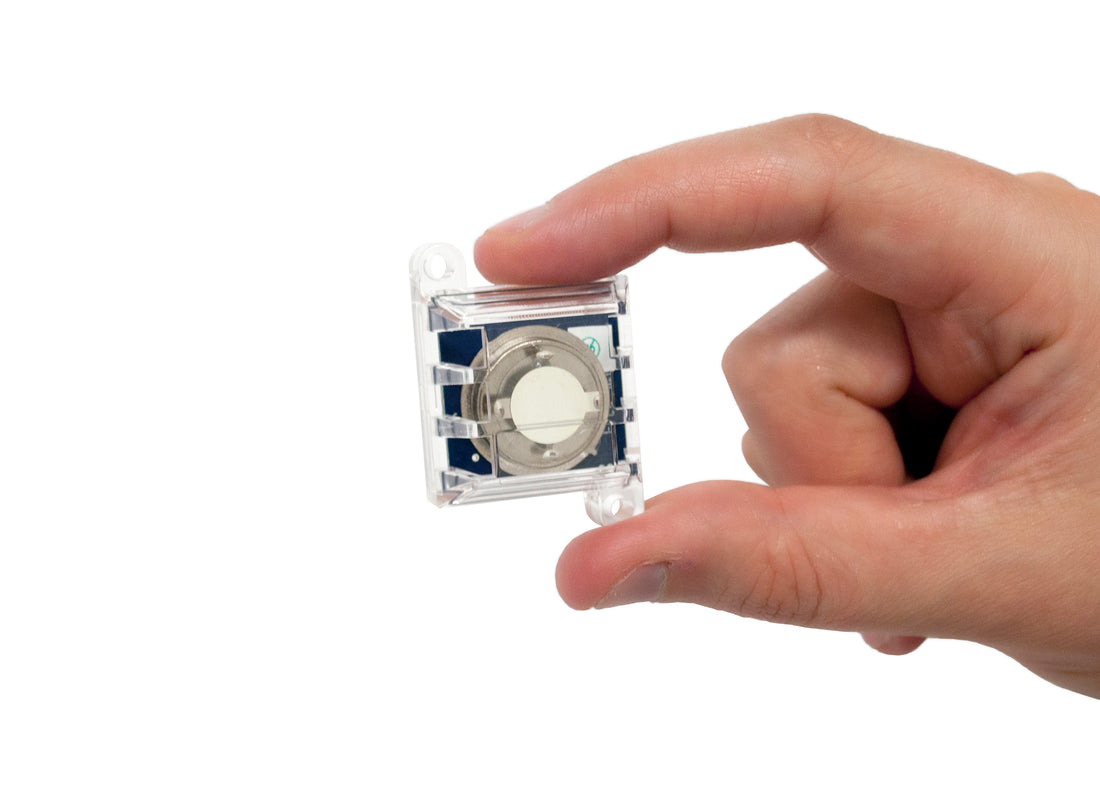
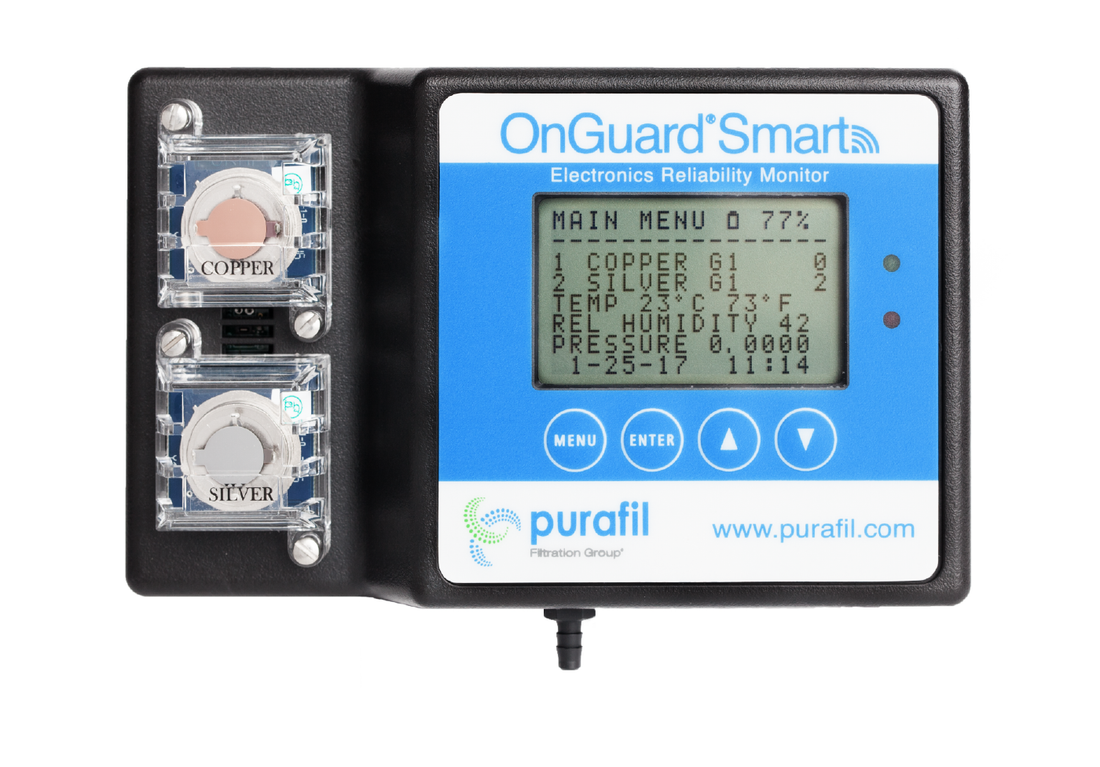




0 comment